How the F1 Exhibition came to life as it opens in Vienna with brand new features

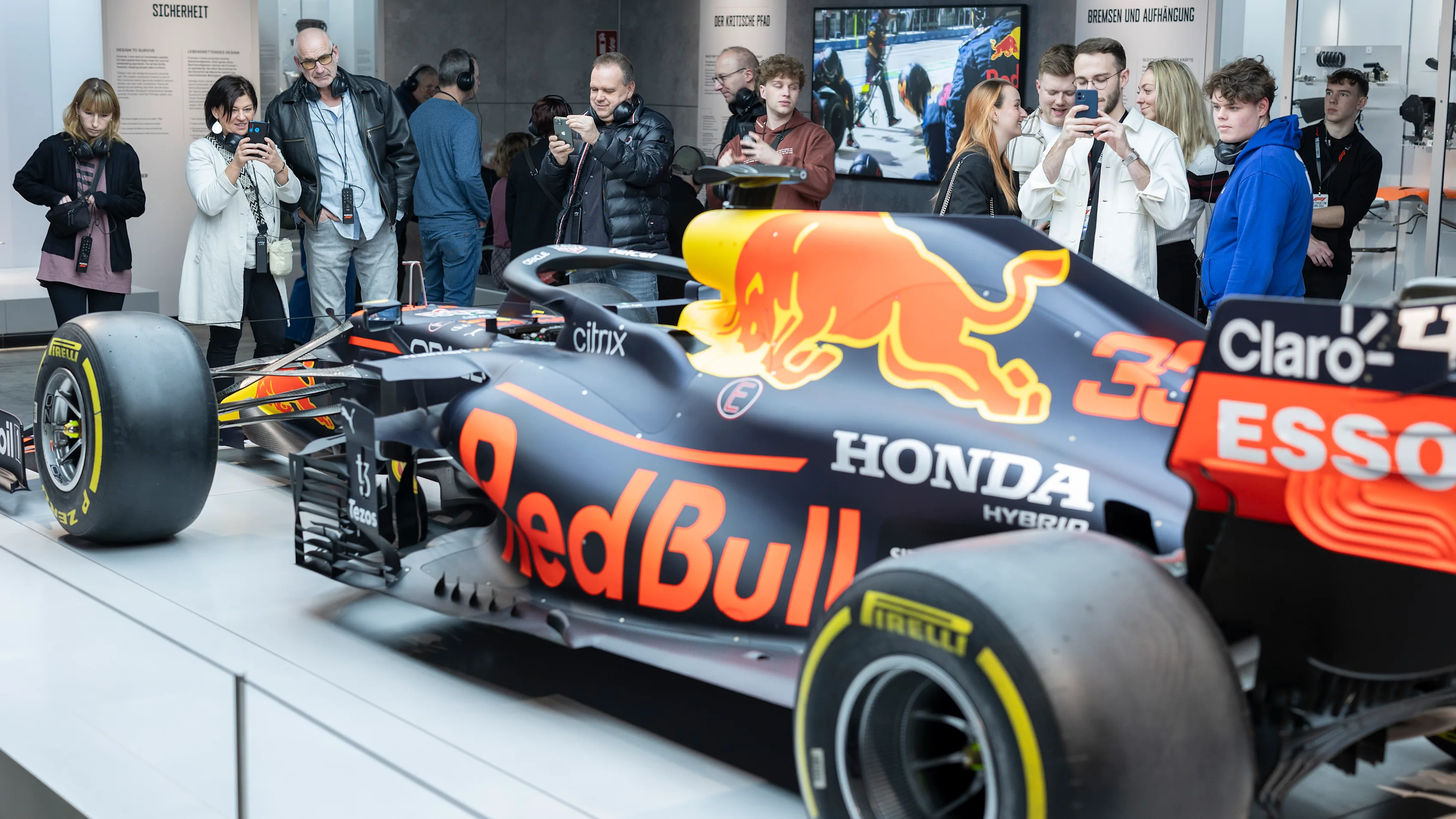
After its hugely popular inaugural showing in Madrid, the F1 Exhibition is now ready to welcome fans in Vienna. Hosted at the METAStadt from today (February 2), demand has already been high, with the first few weekends set to sell out.
The immersive experience takes visitors on an interactive journey through the past, present and future of F1 via a series of purpose-built rooms, with each telling different aspects of the story. Rooms range from 'Once Upon A Time In Formula 1', which transports fans through the sport’s defining moments, to 'Drivers And Duels', a race circuit-inspired room that celebrates some of the most iconic drivers in F1.
READ MORE: Vienna to host second Formula 1 Exhibition following record-breaking success in Madrid
For its second guise in Vienna, the show features some new and exclusive attractions, including the addition of the 'World Circuits: Red Bull Ring' room. The exhibition has been a “Herculean effort” to put together, according to Lead Curator and Producer Timothy Harvey, who spoke to F1.com to explain the process of creating the event, the key talking points that have emerged from items on display, and why it feels especially timely to celebrate Austria’s contribution to motorsport.

The vision behind F1 Exhibition
The project first started life back in 2017 when Harvey was invited to discuss the idea following Liberty Media's acquisition of the sport in January of that year.
“I was invited to come in and chat to them and their team about how Formula 1 could develop a travelling visitor experience that could go right into the heart of the world's major cities, and bring to life the sport and the story of the sport in a new and exciting way, in a manner that was affordable to audiences,” Harvey recalls.
“[The idea was that it would go] behind the scenes and explore themes and subjects that aren't typically covered by the conventional broadcasting coverage – and what subsequently became Drive To Survive – and really celebrate this incredible heritage, that I think, rightly, Sean [Bratches, former Managing Director of Commercial Operations] and Chase [Carey, former CEO and Executive Chairman] felt had been somewhat lost or hadn't really been celebrated and highlighted in the way that it probably should have been.”
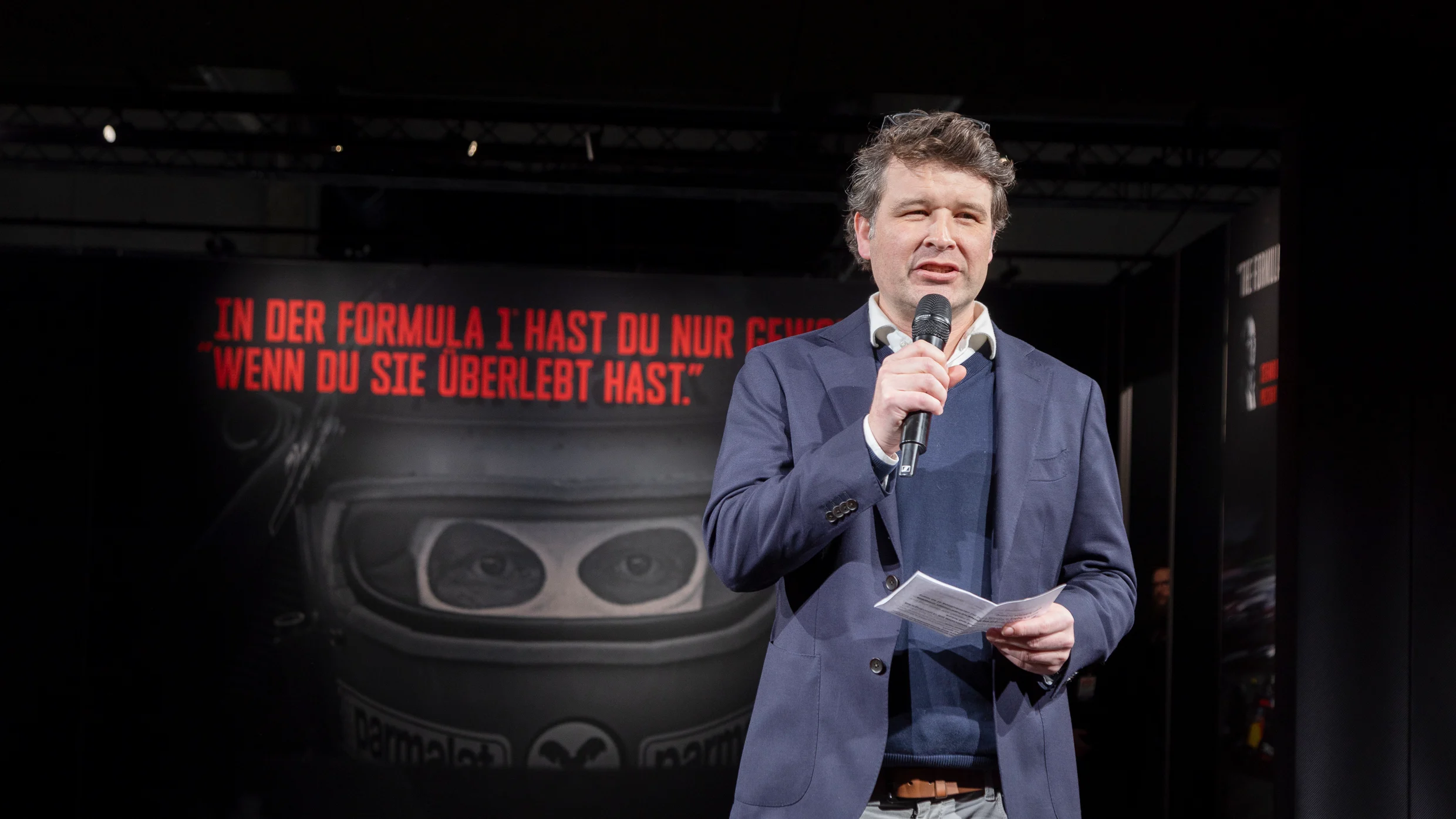
Past, present and future
It is not uncommon to hear a driver or team say that their focus has switched to the next race as soon as a Grand Prix weekend is over. While this sense of the future is very much a part of the sport, there was a desire in the case of the F1 Exhibition to examine the influence of Formula 1’s rich history on the present era.
“[Many in F1] are all about the next weekend – even if the race has just happened, it doesn't matter, it’s what next weekend is about,” Harvey explains. “There is this incredible, instinctive appetite to look forward and not look back, which is ironic, really, because so much of the success that teams and drivers find is anchored in learnings from the past.
F1 ICONS: Damon Hill on his father, two-time world champion and triple crown winner Graham Hill
“You can draw so many parallels from what is going on in the sport today – and you always have been able to – with what has happened in the past, and that, I think, is one of the reasons as to why this project has always been such a fascinating opportunity and prospect.”
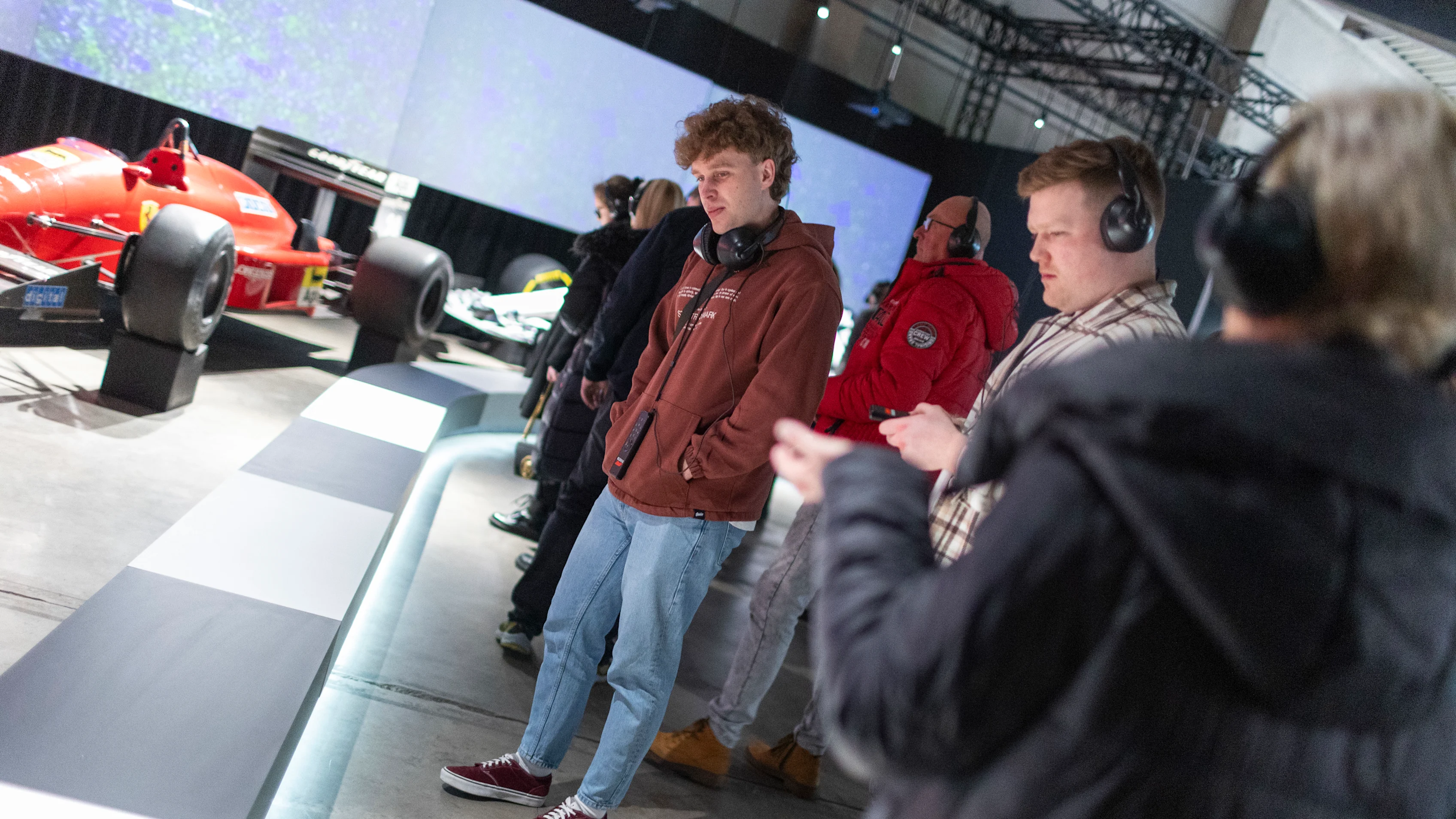
Telling the story with care
Plans for the F1 Exhibition progressed well in 2018 and 2019 but, as was the case for much of the world, the onset of the coronavirus pandemic in 2020 forced a delay in bringing it to life. It was in March 2023 that the exhibition finally opened to fans in Madrid, and Harvey acknowledges that, in the process of putting the show together, there was a “duty of care” in ensuring that the story of Formula 1 was told in the most apt way, especially in terms of its more poignant moments.
“In telling this story, like any filmmaker, documentary-maker, journalist or author, you're dealing with a subject matter that has affected so many lives,” comments Harvey. “So many people have lost their lives to the sport, and with that comes a real duty of care to go about that retrospective part of the show in a diligent and truthful and authentic way, and to try and strike that balance [with] not shying away from the truth.”
Some may assume that the F1 Exhibition is most likely to appeal primarily to sports fans. However, Harvey argues that the narrative is in fact one that has a universal appeal, bearing much in common with other forms of art: “If you look at the story of Formula 1, it reflects so many of the traditional literary themes of conflict that underpin our great literature and film and theatre.
“These universal themes that you find in the world's greatest stories are present in the story of Formula 1. Not necessarily the supernatural, although some fans may disagree with that! If you look [at] our battle with faith, our environment, ourselves and our destiny, our battle with machines, they're all present in Formula 1.
“So it's a very unique story. It’s an international story, it's intertwined with some of the most important moments and events of the 20th century. It's had to sort of find its path through all of that and emerge into what it is today, so it's a brilliant story to cover. It’s a story that transcends sport. A lot of the innovations and engineering discoveries that have happened in Formula 1, we find in the cars that we drive every day.”
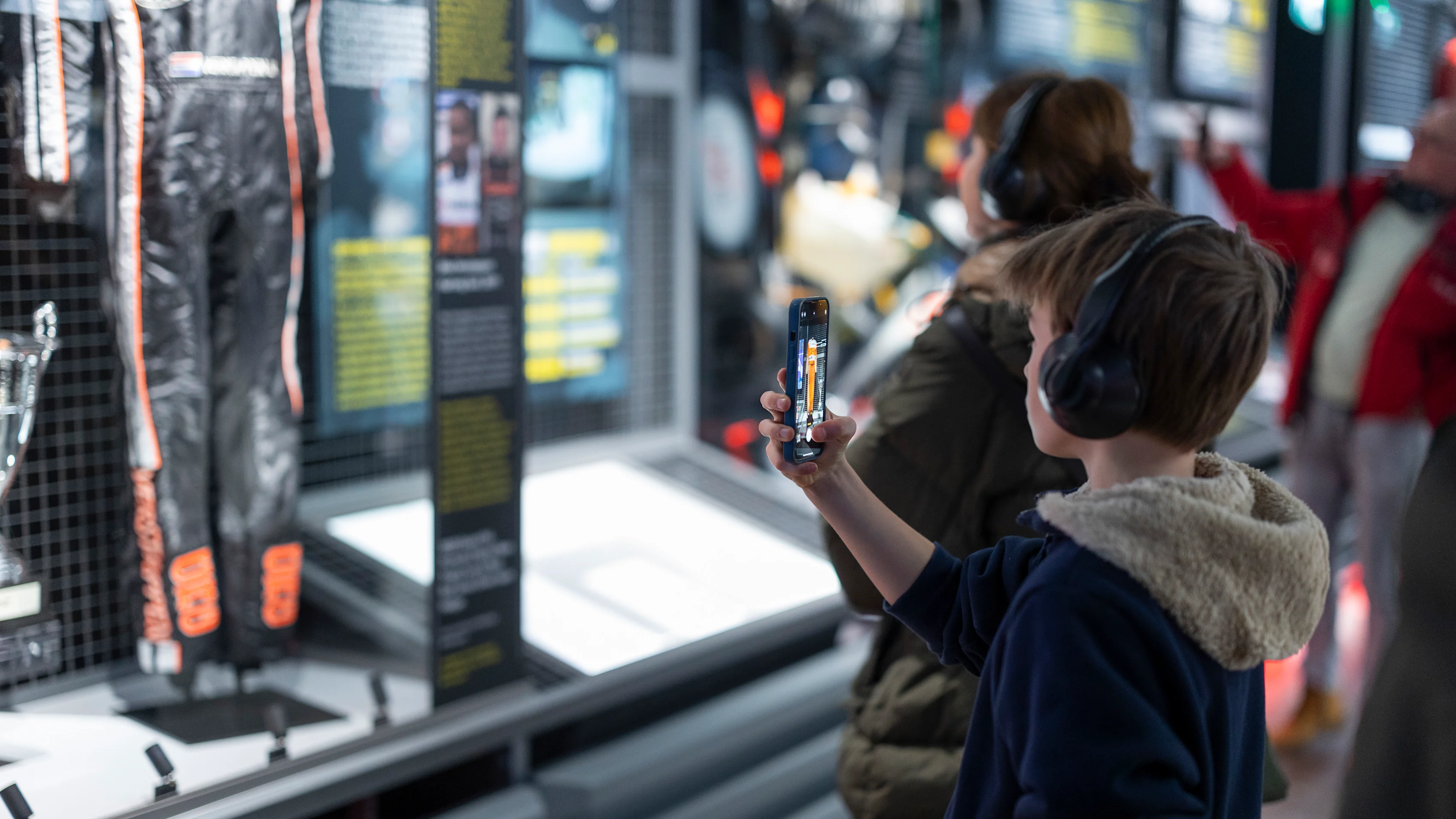
‘Super exciting’ involvement of teams
This extensive process of compiling the story involved plenty of research, as well as engaging with various stakeholders in the sport, including race promoters, drivers and teams – both past and present – to ensure that their voices were heard. Over 100 individuals and organisations have been involved in compiling the exhibition.
Parts of the show – such as the 'Revolution By Design' area, which explores innovations in Formula 1 – were developed in close collaboration with the teams, and the exhibition also seems to have caught the imagination of the drivers, with Carlos Sainz and Pierre Gasly amongst those to have visited during its run in Madrid.
Harvey has welcomed the “great support” from the teams that have so far been involved in the project, and he is hopeful that this relationship will continue to blossom as the F1 Exhibition develops.
“We have, I think, done a good job in building confidence with a lot of the teams, many of whom are now sort of major contributors to the shows: McLaren, Red Bull, Mercedes, Ferrari [and] Williams,” he says. “Most of the teams have now, in some way or another, contributed, and in different ways.
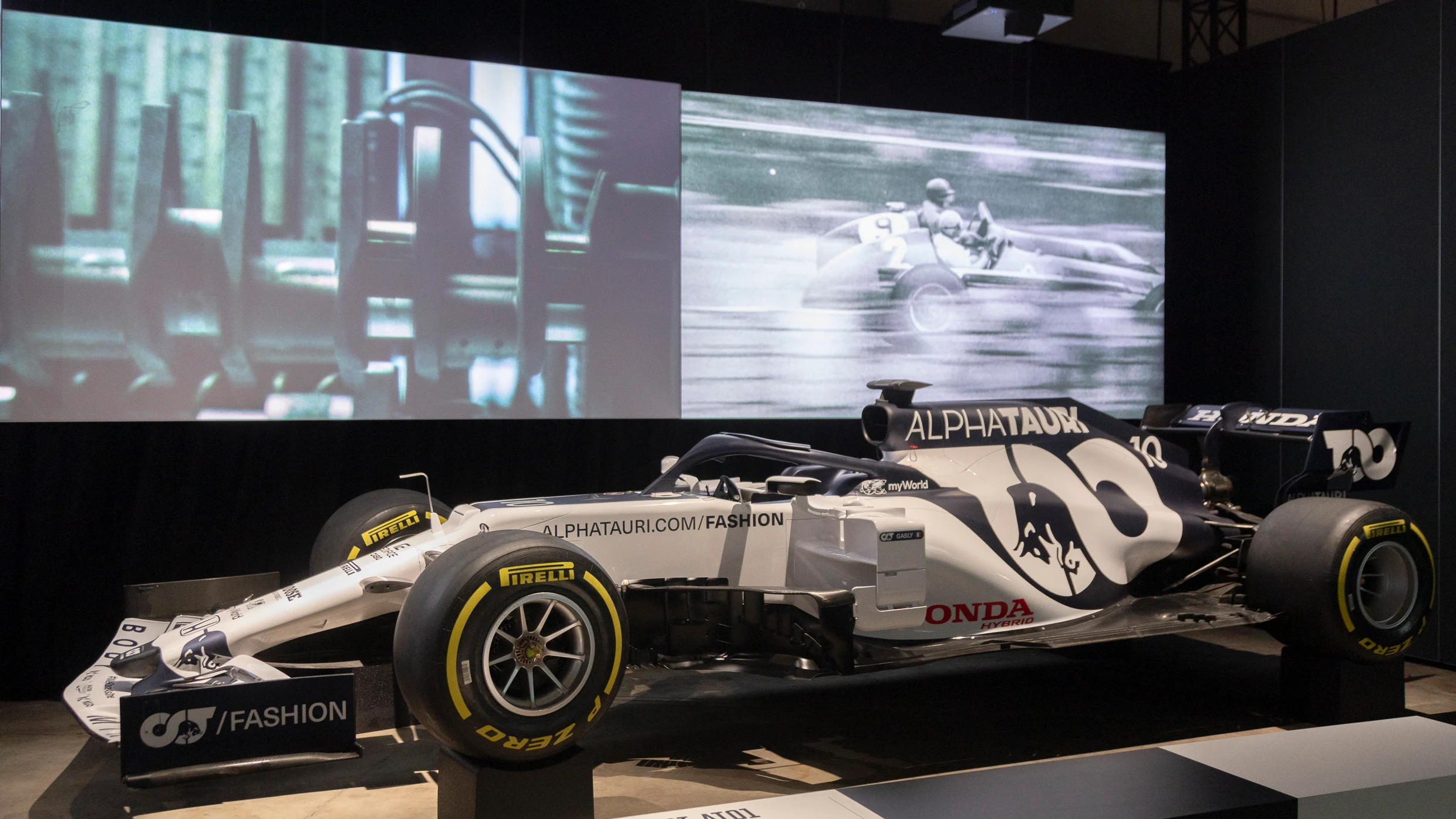
“There’s not a cookie cutter approach to how the teams operate – they are all very, very different organisations. They all operate in very, very different ways, and that has taken us several years just to be able to work out how they operate and how we can get things done with them.
F1 LAUNCHES: When will teams be presenting their new cars for the 2024 season?
“They're excited and they're very much part of our longer-term planning now, in terms of where we take the exhibition next and how we increasingly tell their stories – and the team stories – in a way that they feel is fair and accurate, and that's been super exciting.”
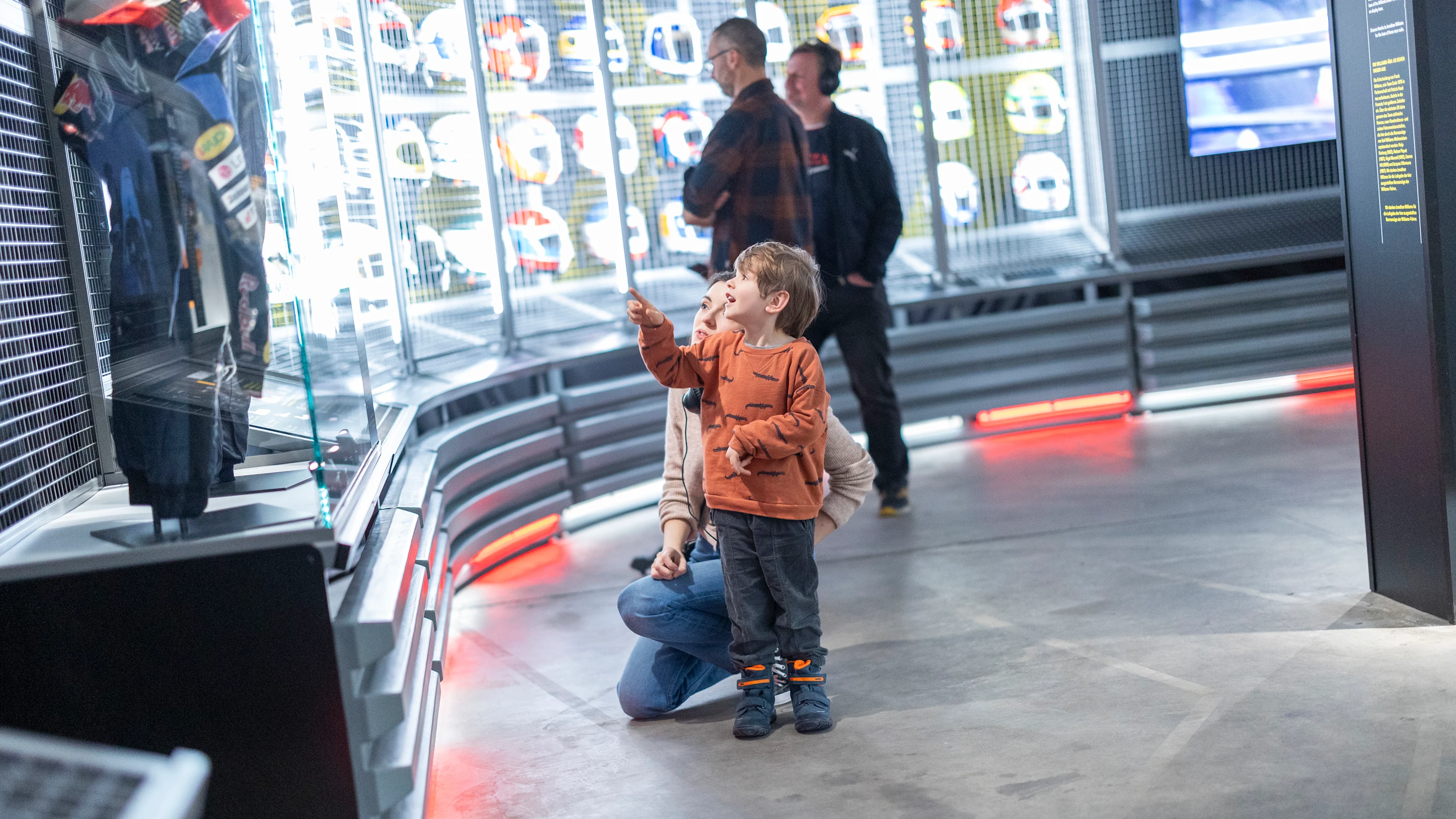
Moving to Austria
As part of the F1 Exhibition’s continuing story, the travelling show now moves to Vienna. Harvey says that Austria’s illustrious motorsport history has always made it a “really exciting opportunity” as a host for the event.
Formula 1 has been racing in the country for many years, with the first championship race taking place back in 1970, while many well-known figures in the sport are of Austrian descent.
Reflecting on the Austrian Grand Prix, Harvey says: “[It is] a real highlight on the calendar, it’s a very spectacular setting. It's well attended, it sells extremely well. It's well run.
READ MORE: ‘Absolutely top notch’ – Ford share early impressions of Red Bull as partnership ramps up
"Austria, compared to the size of the country [and] the population, definitely over-indexes in terms of some of the personalities that have come through. If you think of some of the great drivers that have [come from Austria], obviously Jochen [Rindt], Niki [Lauda] and Gerhard [Berger], but it's had many drivers outside of those more well-known individuals.
“Toto [Wolff] obviously is an Austrian and, ironically, his greatest competitor is owned by an Austrian family. The history of the sport is peppered with Austrian personalities and contributors. The Austrian Grand Prix has been through a whole series of different iterations but it's in very rude health now, and that's exciting to see.”

The legacy of Red Bull
Honouring this Austrian motorsport heritage will be a key feature in the new 'World Circuits: Red Bull Ring' room. As part of this, the gallery celebrates Red Bull’s contribution to the sport over the past 20 years and reflects upon the legacy of the company’s late founder Dietrich Mateschitz, who passed away in October 2022. Harvey feels that Mateschitz’s impact on Formula 1 should “not be underestimated”.
“I worked for Red Bull for the first five years of my career and spent some happy times out in Salzburg at the Red Bull headquarters,” Harvey explains. “[I] have always had the utmost respect for the company in terms of what it is, the culture and the ethos, which very much stems from Dietrich, even though he has now passed away.
OBITUARY: Remembering Dietrich Mateschitz, Red Bull and AlphaTauri’s quiet patriarch
“I left the company at pretty much the same time that Dietrich formed Red Bull Racing with Christian [Horner] in 2004, but it has not come as any surprise to me at all that they have created a multi-championship winning team in that period of time, despite the fact that, as they keep reminding me, they are a beverage company.
“So it's been great to work with them and develop this final gallery in a manner that brings to life some of the personalities around the sport [and] around their organisation – including Helmut Marko – and tells a story of how, in the last few years, the Red Bull Ring has been renovated and redeveloped as a new world-class Grand Prix facility.
“It’s very exciting to see that, so we hope that some of these additional stories in this Red Bull Ring room are well received.”
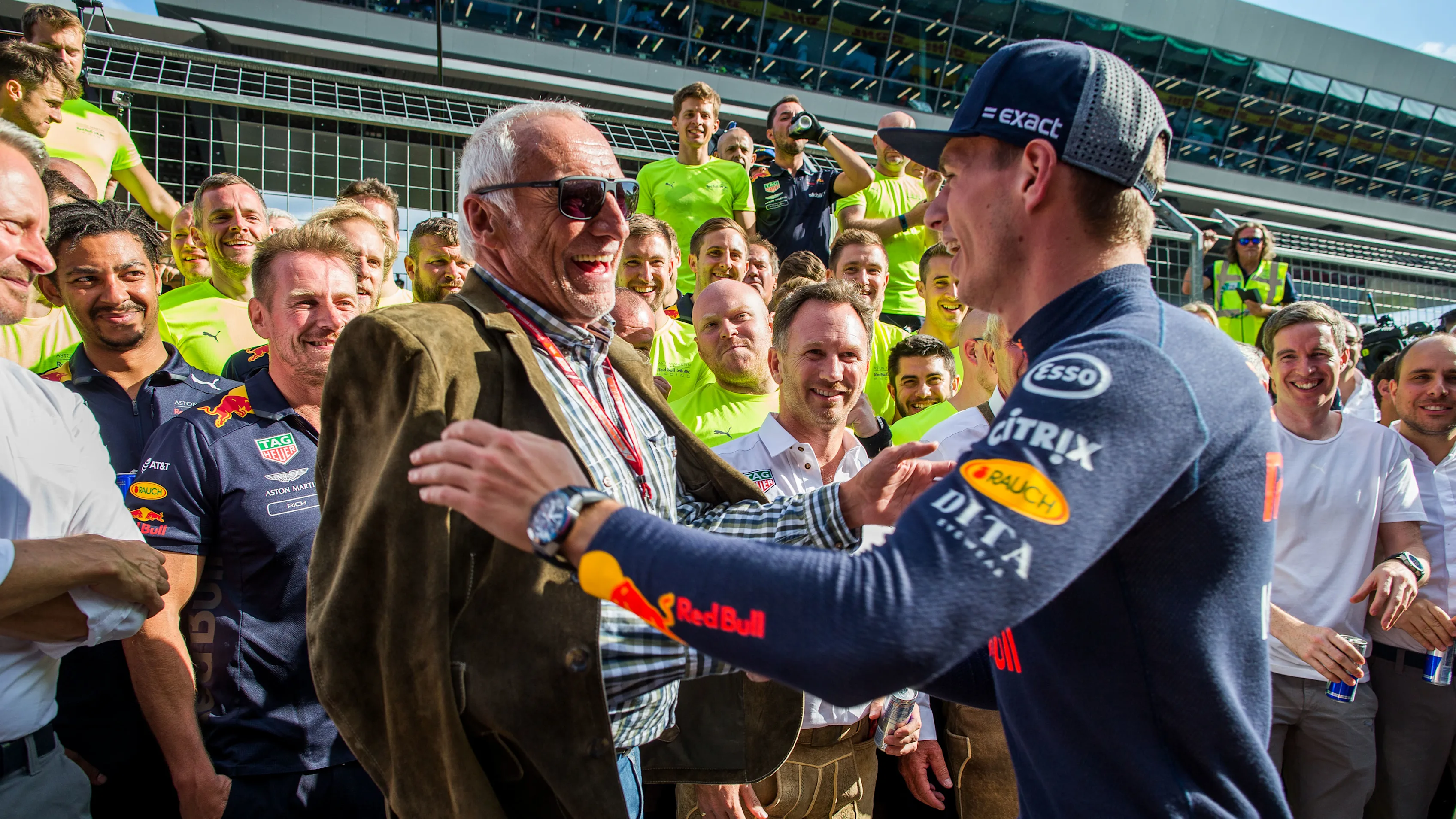
Success of Verstappen and Vettel recognised
The F1 Exhibition will additionally feature two of Red Bull’s championship-winning cars, with Max Verstappen’s RB16B – which brought him his first title in 2021 – and Sebastian Vettel’s 2011 RB7, a car that scored 11 race wins en route to a second consecutive Drivers’ and Constructors’ double.
When asked if it feels especially timely to have these cars on display in light of Red Bull’s recent unprecedented success, Harvey responds: “Yeah, it definitely does. I think now is a moment to look back on.
“Looking back on these last 20 years, not only have they obviously delivered two multi world champions in Seb and Max, but they have created two very successful teams. They have completely redeveloped the Spielberg track in Austria. Their junior drivers programme that Helmut Marko has spearheaded during this period of time has produced some of the most successful drivers in recent times.
“So you can't really overemphasise their contribution to the sport. They've had a seismic effect on it, and all credit to them.”
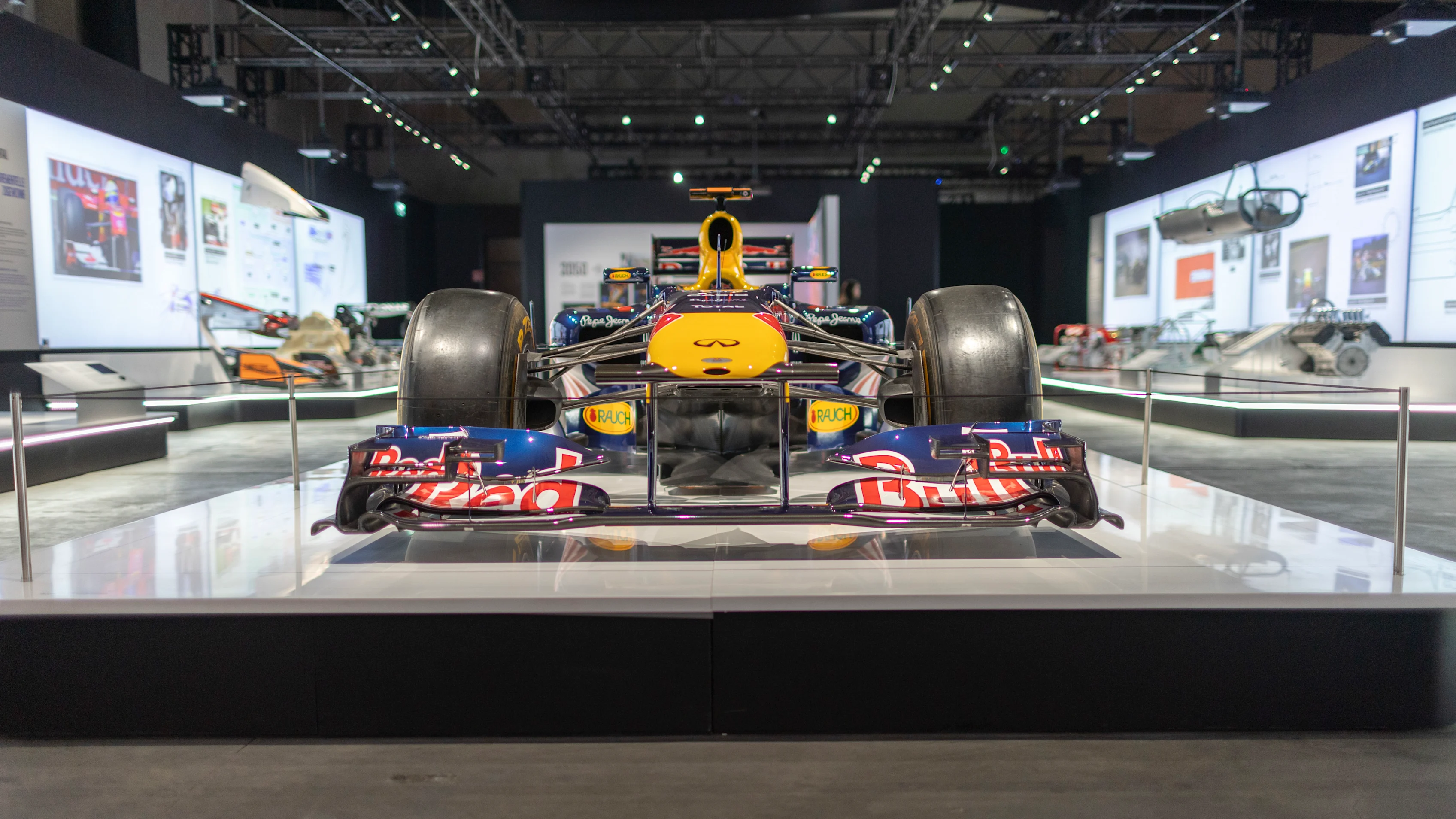
Talking points
These new additions for the show in Vienna will run alongside the six rooms previously enjoyed by fans during the F1 Exhibition’s stint in Madrid, many of which have already become talking points for visitors.
Amongst the exhibits to particularly catch the eye, according to Harvey, include the 'Design Lab', which gives an insight into a modern-day Formula 1 factory to showcase the design, testing and manufacturing process, as well as featuring contributions from the likes of Ross Brawn and Adrian Newey.
READ MORE: Newey admits to 'complete surprise' over recent Red Bull dominance
For Harvey, his personal favourite feature is the 'Revolution By Design' room. This explores the innovations that have been developed in F1 and looks at the technologies that could prove equally pioneering in the sport’s future.
“I think it captures so many interesting historical nuances and perspectives, quirky happenings, unforeseen discoveries – so much of the story of Formula 1, if you look at the great breakthroughs and innovations, they happen by mistake,” he explains.
“You can draw many parallels and links between what is going on today with what has gone on in the past, and I think that allows to some extent for us to start looking forward and see how the sport might change in the next 20 years.”
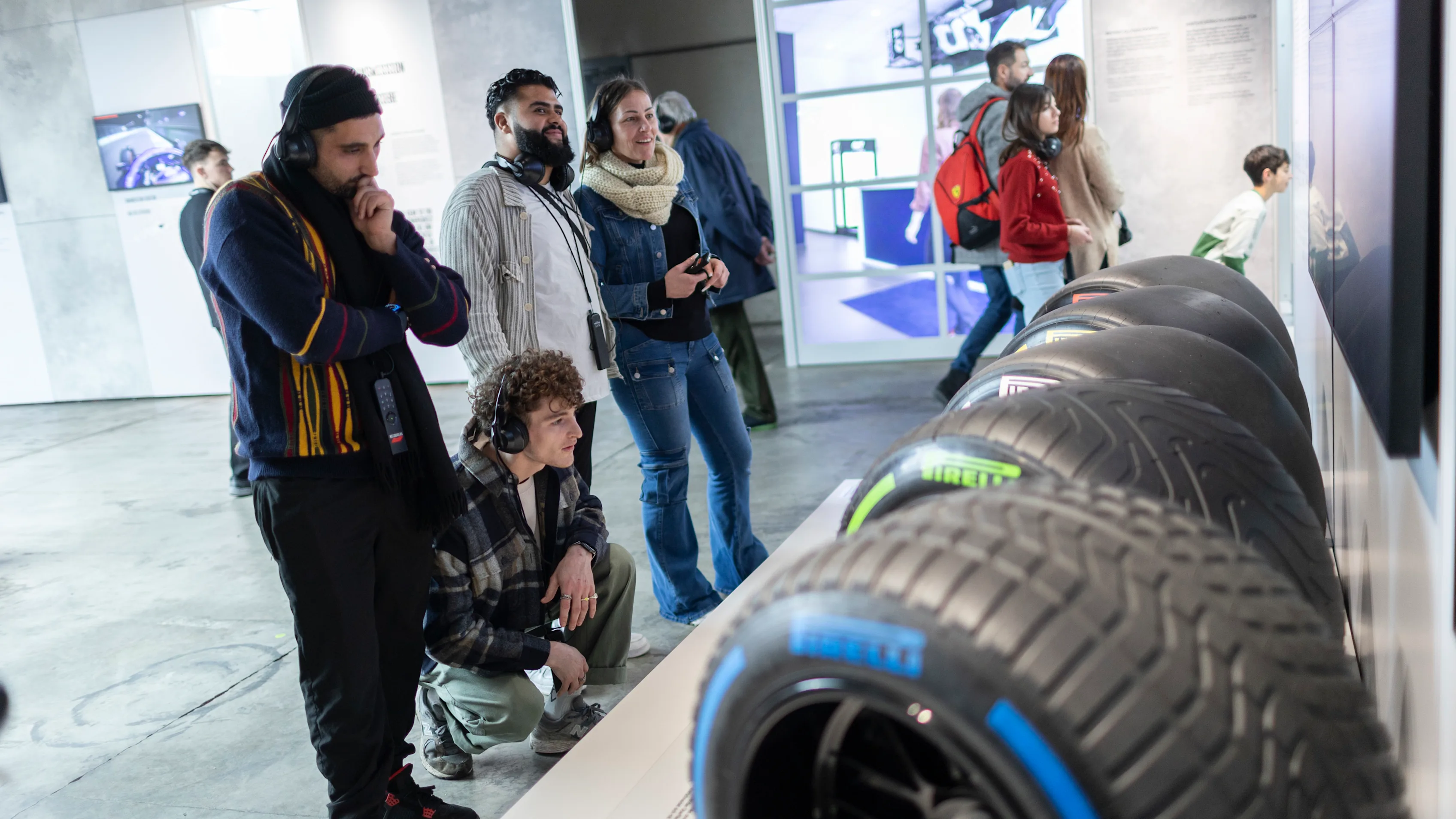
Grosjean chassis ‘a really important part of the story’
But in terms of showcasing the importance of safety developments in Formula 1, the burnt-out chassis of Romain Grosjean’s Haas from his 2020 crash in Bahrain – held in the exhibition’s 'Survival' room – has proven to be an extraordinary part of the show.
“I think, for a lot of fans, they know exactly where they were on that day [of Grosjean’s crash],” says Harvey. “I certainly knew where I was. It could have ended in heartbreak. Fans around the world [were] sat on the edge of their seats, fearing the worst.
“But actually, what transpired was, when you really dig in, is that 50 years worth of innovation and safety developments in the sport all came together in that moment and allowed him to walk away, and so the contributions [and] support that we've had from both Romain and from Gene [Haas] and his team at Haas to make that display happen, and for it to continue touring with the show, is wonderful.
“It's a great reflection of that deeper underlying story around Formula 1. Obviously it was an extremely newsworthy, dramatic event that was captured live on television, but the story that is less told is how the evolution of crash structures and some of the material science that goes into a Formula 1 car – the rigorous testing, the Halo, the HANS device, seatbelts, all of these aspects, [and] in terms of the FIA's safety response, how quick that was – has been steadily refined decade after decade after decade.
“And so contrasting that incident with some of the stories, anecdotes and film interviews from the survivors of previous accidents is definitely one of the more hard-hitting parts of the show. It reflects a really important part of the story of Formula 1.”
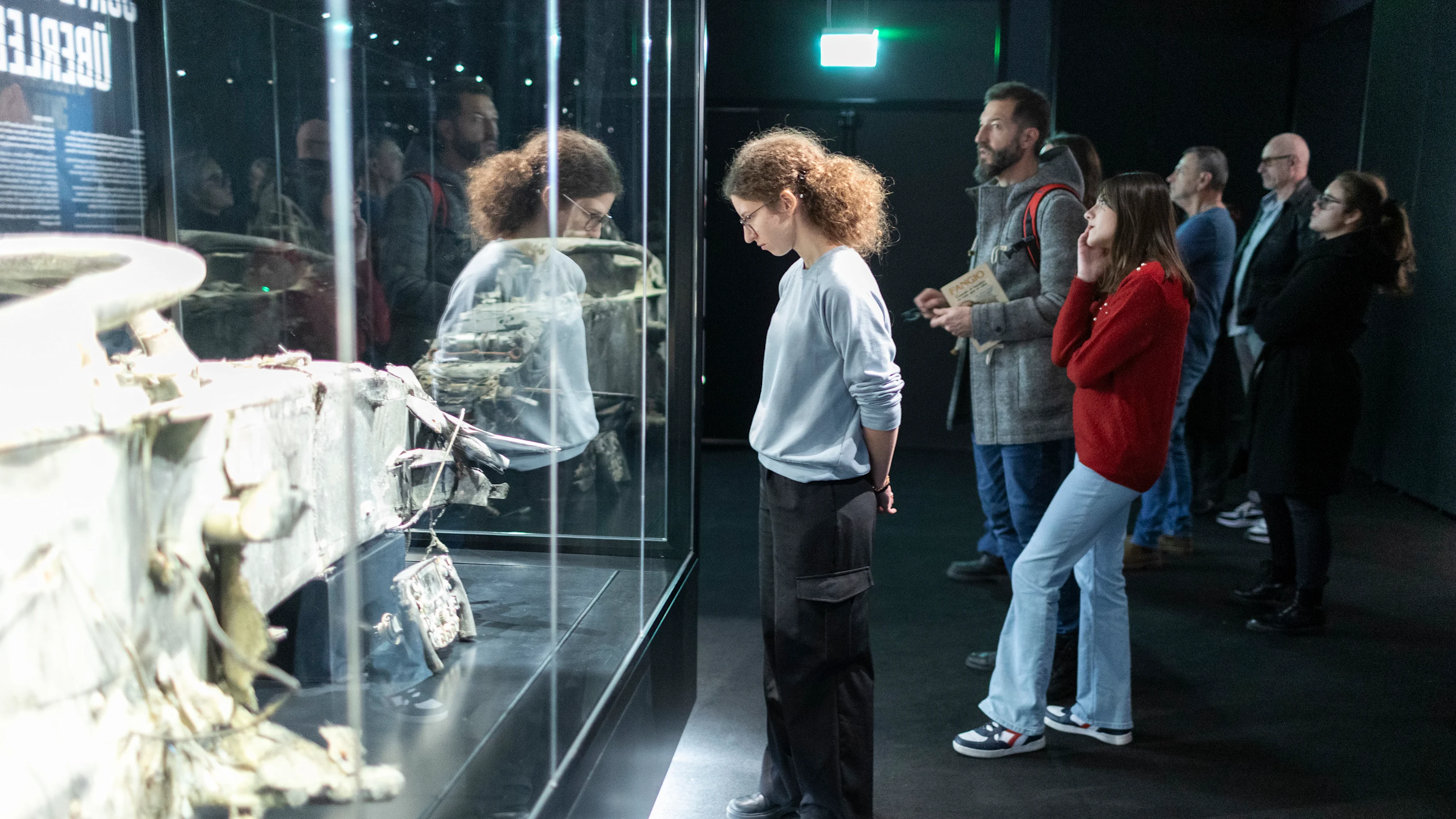
The future of F1 Exhibition
While the focus is now on its new home in Vienna, what does the future hold for the F1 Exhibition? Harvey has a clear goal in mind.
“I can tell you what I hope the future of the exhibition is, and that is that I hope it’s a show that continues to tour to the world’s greatest cities and inspire a new generation of fans,” he explains.
“[I hope it is a show] that is truthful and authentic, [that] doesn’t shy away from some of the more difficult, controversial [and] contentious parts of the sport’s history, but underlines the wider purpose and good that can come from what has always been this underlying appetite to race.
“That’s really what the exhibition’s about. It explores the question of why we as human beings continue to have this unquenchable thirst to race, and the good that can come from it, and I think if the exhibition does that and we can expand the project in different cities then I think it will be job done, at least for me.”
The Formula 1 Exhibition is open at the METAStadt Vienna from February 2 and will run for several months. Tickets, and more information, and can be found at the F1 Exhibition website.
Next Up
Related Articles
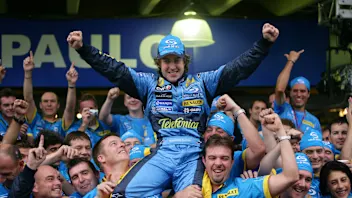 7 dynasty-ending championship wins
7 dynasty-ending championship wins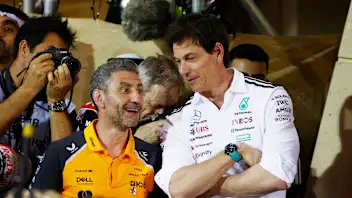 Who are the 2026 Team Principals?
Who are the 2026 Team Principals? Alpine part ways with Doohan ahead of 2026 season
Alpine part ways with Doohan ahead of 2026 season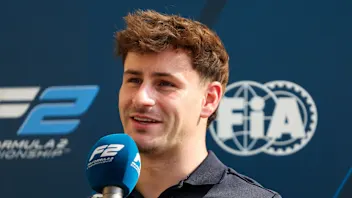 Williams confirm Martins as test and development driver
Williams confirm Martins as test and development driver.webp) How Lewis Hamilton became F1’s most influential fashion icon
How Lewis Hamilton became F1’s most influential fashion icon/TEAM%20PREVIEWSHALF%20TERM%20REPORTS%20V1%20(13).webp) Team Previews 2026All you need to know about Racing Bulls ahead of 2026
Team Previews 2026All you need to know about Racing Bulls ahead of 2026